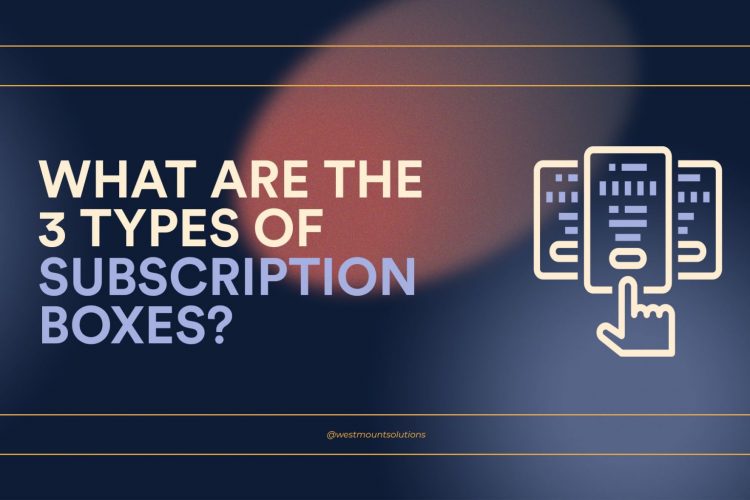
Online store owners have several platform options available to them, each with unique features and functionalities. There comes a moment when an eCommerce business owner might ask him or herself the question “Should I migrate my business from one platform to another?”.
This migration, or re-platforming, as it’s also called, can be a complicated process. Not only do you have to move all your content over to the new platform, but your customer and product data have to make the move as well. It’s rare for a store owner to do this themselves – they will usually hire someone with the technical expertise in migrating online stores.
Magento 1 Vs Magento 2
In 2018, Magento announced it will no longer offer support to Magento 1 users. In 2020, it officially stopped supporting the Magento 1 platform. This means no more security patches or updates, potentially leaving store owners vulnerable to cyber attacks. For many, this was a time to make a decision whether they will migrate from Magento 1 to Magento 2, or another platform. If you are still using Magento 1 in 2021, consider moving to another platform to protect your store and customer data.
Magento 2 brought with it many improvements, including more payment options, faster checkout, a more powerful admin panel and easier ways to install 3rd party apps. But the biggest improvement is of course security, as all Magento 1 users are now without support and open to vulnerabilities.
Magento 2 Vs Shopify
Magento 2 has two options – open-source and Enterprise. Open-source is free to use, but you better have some serious coding skills or hire a developer who can customize Magento’s code. While Magento 2 is a powerful platform, it requires a lot more maintenance and development on your part.
Shopify is a fully hosted eCommerce platform, meaning that for a monthly fee they take care of the hosting and provide you with an easy-to-use solution for your store. You can customize your Shopify store if you want to, but its templates allow you to create a store without any coding or development.
Shopify wins in the ease-of-use department, but Magento wins in the customization department. Shopify’s intuitive software makes it great for both beginners and more established stores while Magento has a pretty steep learning curve and requires coding skills for customization.
No Product Options in Shopify?
Some features from Magento do not translate one to one in out-of-the-box Shopify. One of these is the availability of Product Options which allow you to configure a product without using only variants. The challenge is addressed by using apps. We recommend and like using Bold Product Options for this, in fact we’ve created very nice configurators using it, for an example we’re proud of check Vision Computers or Allred Collaborative.
The Final Word
Just like when families grow (or downsize!), they go through the process of moving house. Re-platforming your eCommerce store is similar. During this process things we no longer need get donated or discarded. Your move to a new platform should be the same – it’s a chance to see what needs to come with you and what doesn’t. An opportunity to redesign your store and give it a fresher feel, add new functionalities and update your UX/UI.
So, should you migrate from Magento to Shopify? We say yes, simply because Shopify’s easy-to-use software allows you to save on developer costs and gives you time to focus on your business. Magento is a good platform for enterprise-level businesses, with either an in-house development team or the resources to hire freelance developers to do the heavy lifting.
If you’re thinking about re-platforming, we can not only help you migrate your content and data to Shopify, but we can help you update your design and improve your store’s functionality. Get in touch with us to learn more!
Author
Tatiana Dudin
Tatiana is passionate writer with over 10 years of experience writing for the tech industry.


